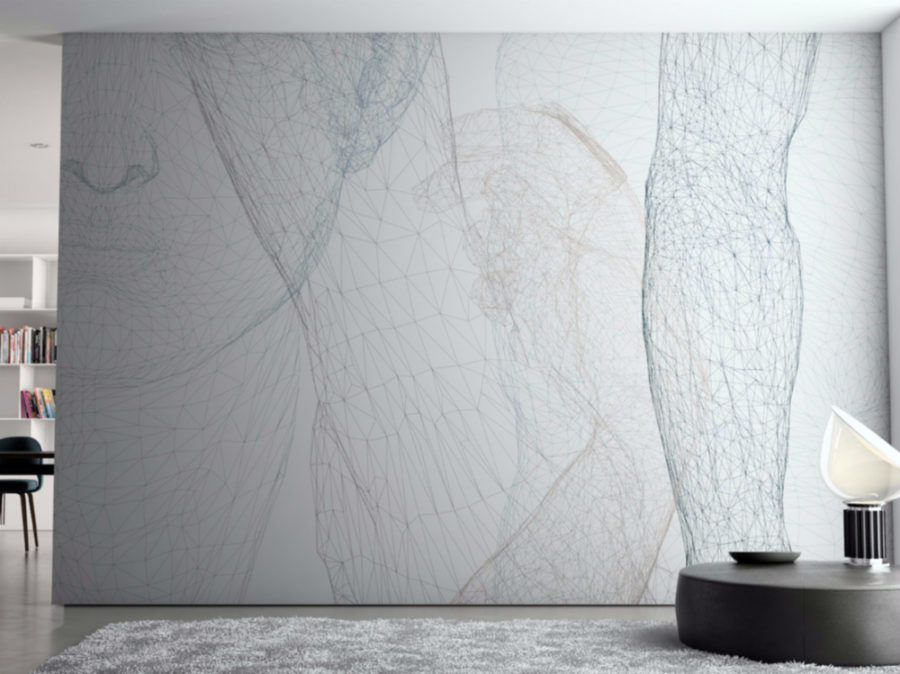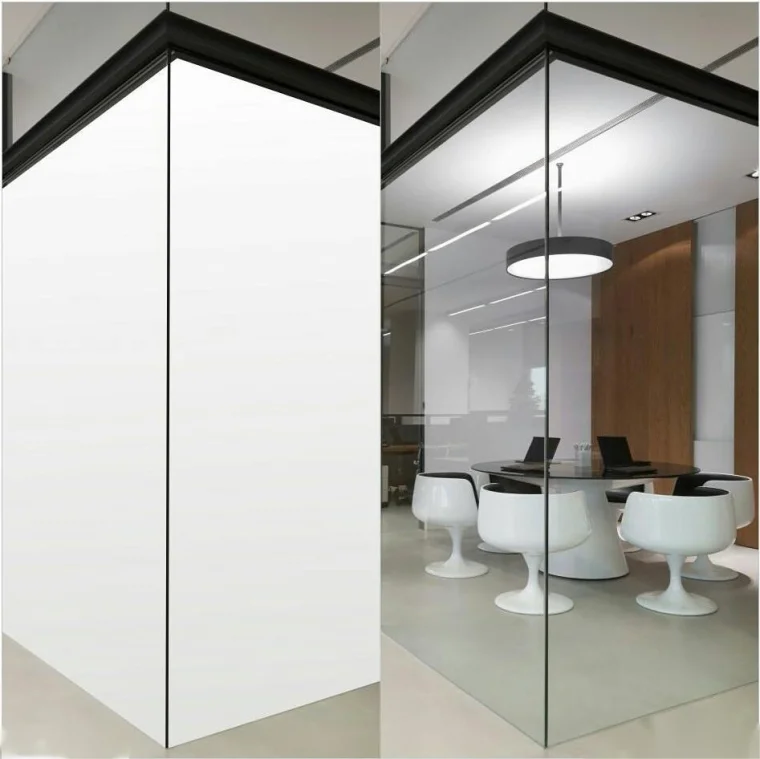In the realm of interior design and construction, plastering has been a long-standing method for wall finishing. However, as the industry evolves, so do the techniques and materials used in wall finishing. This article explores the question: What is the alternative to plastering walls? We delve into the innovative and practical alternatives that are gaining popularity in the contemporary construction landscape.
- Drywall
Drywall, also known as gypsum board, is a popular alternative to plastering. It is a panel made of calcium sulfate dihydrate, with or without additives, typically extruded between thick sheets of facer and backer paper. Drywall is quicker to install, less messy, and requires less labor than traditional plaster. It also offers a smooth finish that is ready for painting or wallpapering. - Paneling
Wood or vinyl paneling is another alternative to plastering. It provides a different aesthetic appeal, adding warmth and a rustic charm to a room. Paneling is also a good insulator, helping to keep rooms warm in winter and cool in summer. - Tiling
Tiling is not just for floors and bathrooms. It can also be used as an alternative to plastering walls, especially in areas that need to be water-resistant or easy to clean, such as kitchens and bathrooms. Tiles come in a vast array of colors, patterns, and materials, offering endless design possibilities. - Lime Plaster
Lime plaster is a more eco-friendly alternative to traditional plaster. It is made from a mixture of sand, lime, and water. Lime plaster is breathable, reducing the risk of trapped moisture and mold growth. It is also more flexible than traditional plaster, reducing the likelihood of cracking. - Venetian Plaster
Venetian plaster is a luxurious alternative to traditional plastering. It is a type of wall finish made by applying thin layers of plaster with a spatula or trowel and then burnishing to create a smooth surface with the illusion of depth and texture. - Wallpaper
Wallpaper is a cost-effective and versatile alternative to plastering. It comes in a wide range of colors, patterns, and textures, allowing for a high degree of customization. Wallpaper can also be easily changed, making it a good option for those who like to update their decor regularly. - Cork
Cork is a sustainable and eco-friendly alternative to plastering. It is a great insulator, both thermally and acoustically. Cork walls also have the added benefit of being naturally resistant to mold, mildew, and pests.
In conclusion, while plastering has its merits, there are numerous alternatives to consider when it comes to wall finishing. The best choice depends on various factors such as the room's purpose, the desired aesthetic, budget, and personal preference. By exploring these alternatives, homeowners and designers can create unique, functional, and stylish interiors that go beyond traditional plastering.

